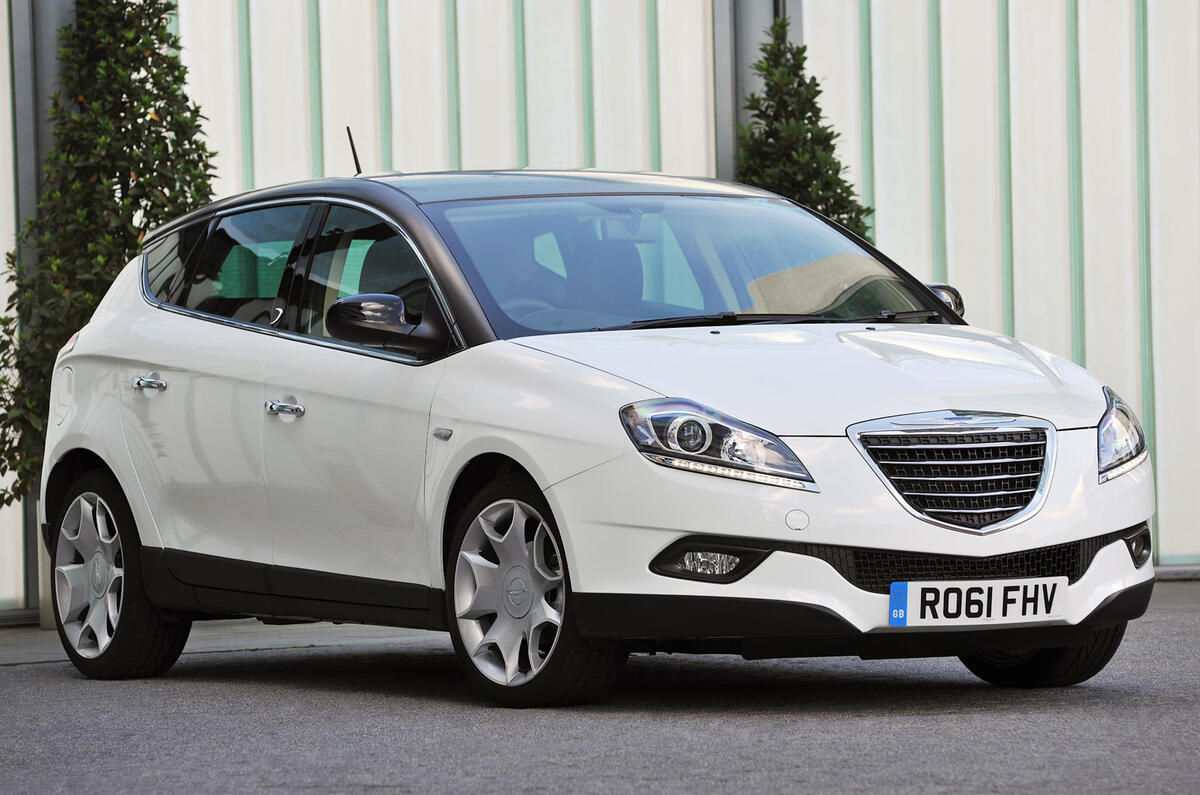It comes to something when you say, as you reasonably can, that in the '70s and '80s the most mismanaged company of them all was Chrysler.
BMC, Leyland Cars, BL and Rover, in all their multifarious shapes and sizes, looked as tightly run as Porsche by comparison.
Full story: Chrysler to exit the UK in 2017
Chrysler, the US company, bought control of Simca in France and Rootes in the UK during the '60s — mainly because GM and Ford were apparently profitable in Europe. But they both had well-founded operations already decades old, which was the difference.
From there began a maelstrom of cockups and U-turns which hardly ever produced a good car. Chrysler touched France’s promising Matra, but never managed to make it fly. It killed most of the Rootes marques, but inexplicably kept clunkers like the Hillmans Avenger and Hunter going alongside one of its very good cars it made, the front-drive Chrysler Alpine, to ensure it had unhelpful in-house competition.
The first all-European Chrysler, the 180 of 1970, was typically created from independently created projects from Rootes and Simca. It shouldn’t have worked and it didn’t, though there was time for a few to roll out of the factory of Chrysler Australia, re-christened as the Centura and powered by a 4.0-litre hemi-headed pushrod straight six.
Despite the fact that Chrysler won Car of the Year twice, with the decent Alpine in 1976 and the indifferent Horizon “world car” of 1979 (that car soon to be crazily labelled Talbot because Peugeot, which owned Talbot, had become involved) I reckon you can fairly say that during all those years the company never built a truly good-looking or class-leading car.
So when Chrysler reappeared flogging a clutch of American cars in the ‘90s — from the Voyager MPV to the Mercedes SLK-based Chrysler Crossfire — it should have come as no surprise that there appeared to be a general distrust of the marque. Few among Britain’s retinue of drivers could look back with pleasure at his or her ownership of a Chrysler. Residuals and rust were the enemy in those days, and Chryslers were as bad as any.








Join the debate
Add your comment
I've never forgiven Fiat for
On a separate note, Can anyone tell me what has happened to the great Steve Sutcliffe. has he been fired or left for other reasons? I miss him a lot more than I will miss Clonkson
Will they be missed?
Oh for a real Delta, even just a cooking one.
"I haven't seen an Ypsilon on
Alpine